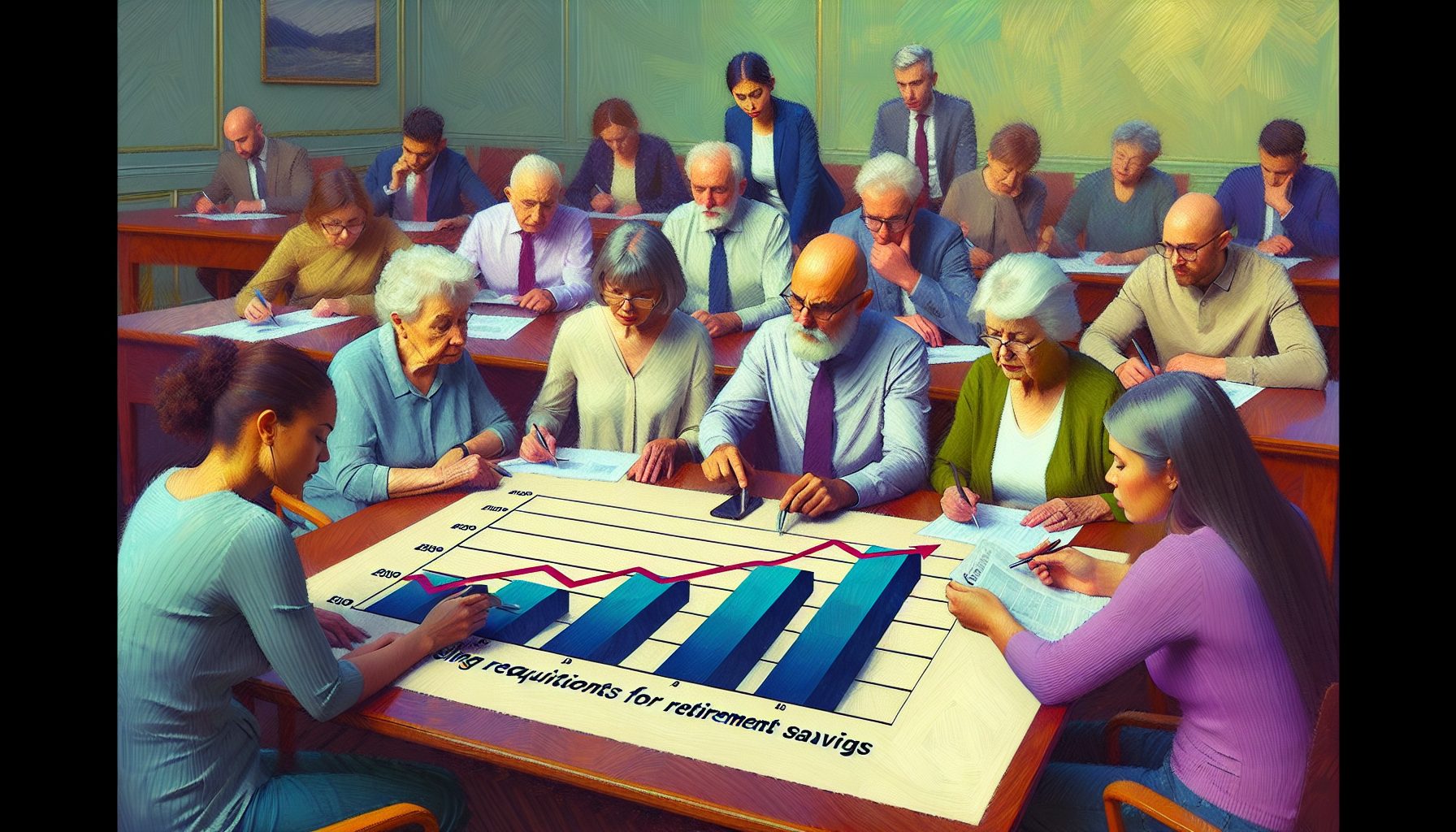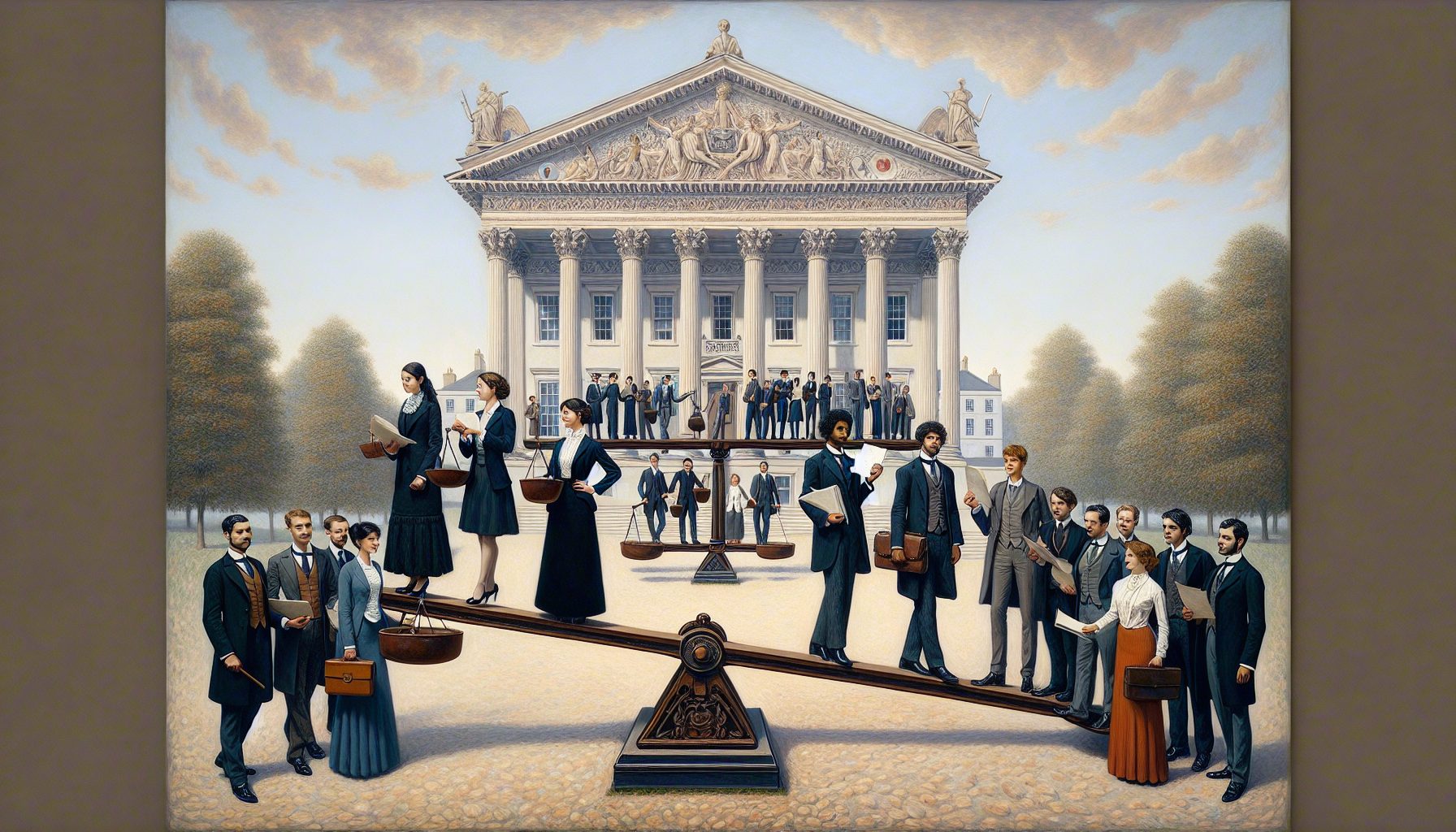LOS ANGELES(Reuters) – Hydrogen fuel cell cars from nine automakers completed a13-day cross-country trip this weekend, in the first such mass U.S.crossing for vehicles powered by a zero-emission technology still inits infancy.
As firsts go, the event, which ran from Portland, Maine, to the LosAngeles Coliseum, probably would not qualify for the record books.There were stretches without hydrogen fueling stations when thevehicles were carried on flatbed trucks, the longest from Rolla,Missouri, to Albuquerque, New Mexico.
But then one of the goals of the "Hydrogen Road Tour ’08" was todemonstrate the need to build more fueling stations if the nascenttechnology is to develop, said Paul Brubaker, administrator forresearch and innovative technology for the U.S. Department ofTransportation.
There are about 60 hydrogen stations in the United States, and only two are open to the public without prior arrangement.
The industry- and taxpayer-sponsored tour stopped in 31 cities in 18states. Backers included two hydrogen producers, Air Products andLinde, which hope to become household names if hydrogen becomes a keyto transportation.
Catherine Dunwoody, executive director of major tour supporterCalifornia Fuel Cell Partnership, said fueling stations will developfirst in big cities such as Los Angeles, San Francisco, New York andWashington, D.C.
"There’s a lot of curiosity about these vehicles," Dunwoody saidnear the finish line in Los Angeles on Saturday. "As we got toAllentown, Pennsylvania, people lined up and cheered."
The partnership she heads is based near California’s capital, Sacramento, and funded by public and private funds.
"There’s a hunger out there for clean, safe vehicles," Brubakersaid. "The common refrain everywhere we went was ‘Where do we get thesecars.’"
For most people, the answer is nowhere soon. Honda Motor Co hasbegun leasing about 200 FXC Clarity fuel-cell autos in SouthernCalifornia and General Motors Corp is testing about 100 fuel-cell ChevyEquinox SUVs on the road.
But those deployments, as well as the autos in the road tour, areexperimental, since the technology is not ready for showrooms.Carmakers have spent billions on their development in hopes ofcapitalizing on a public desire to buy cleaner cars and a U.S. push toreduce its dependence on foreign oil.
The United States consumes about a quarter of the world’s oil, andimports 70 percent of its crude. Cars and trucks consume 44 percent ofoil used in the country and contribute about a fifth of the carbondioxide emissions. CO2 makes up nearly 90 percent of U.S. greenhousegas emissions.
Even in a best-case scenario, automakers will only sell about 2million electric vehicles powered by hydrogen fuel cells by 2020, astudy by the National Research Council found.
Cars on the tour came from Honda, GM, Toyota Motor Corp, Ford MotorCo, BMW AG, Daimler AG, Hyundai Motor Co, Nissan Motor Co, andVolkswagen AG.
Linde and Air Products showed off their hydrogen-making machines to the public and at times refueled the autos.
The idea for the tour originated with Brubaker when he watched a KenBurns documentary, "Horatio’s Drive," at the same time that he wasreading a biography of Dwight Eisenhower.
The Eisenhower biography mentioned the future president’scross-country trip as a young man, when he noticed long stretcheswithout paved roads. When he was president in the 1950s, Eisenhowerstarted the U.S. interstate highway system.
Burns documented the 1903 drive of Horatio Nelson Jackson who, on abet, crossed the country in a 20-horsepower Winton car hoping to be thefirst to make the trip in an automobile. His journey from San Franciscoto New York took 64 days.
(Editing by Braden Reddall)
? Thomson Reuters 2008 All rights reserved








